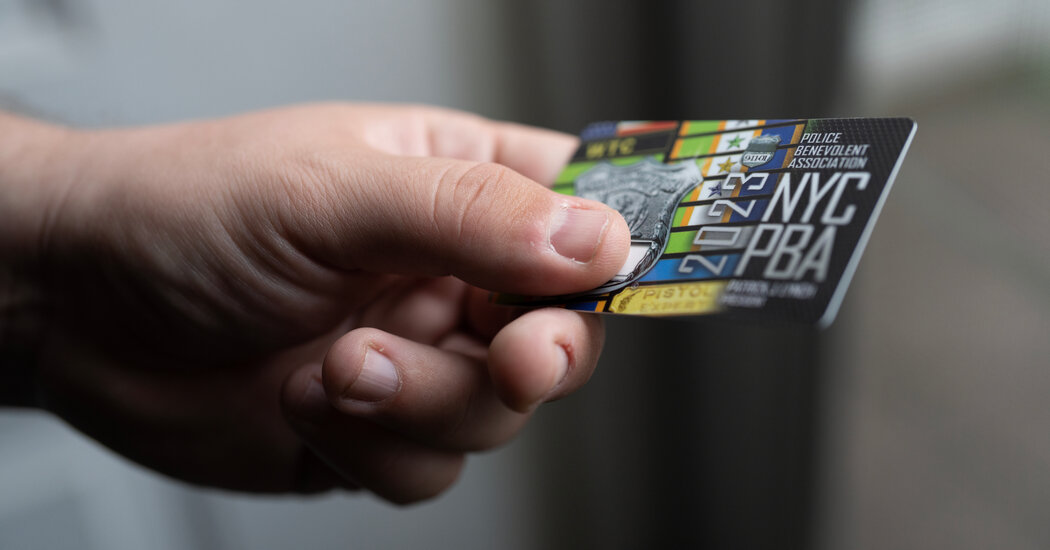- cross-posted to:
- [email protected]
- cross-posted to:
- [email protected]
The woman didn’t put up much of a fuss, Bianchi said. She didn’t have a courtesy card and she didn’t drop any names. Bianchi wrote her a ticket and sent her on her way.
Two days later, Bianchi was transferred out of the traffic unit and placed back on patrol. In a lawsuit he filed against New York City, he says that a supervisor told him that Jeffrey Maddrey, then the chief of patrol and now the department’s highest-ranking uniformed officer, requested that he be transferred. Maddrey, Bianchi was told, was friends with the woman he had stopped.


This is the best summary I could come up with:
A red Mazda sped past a police officer’s unmarked car stationed at a tree-lined Staten Island intersection.
Bianchi was starting to view the cards as a different kind of symbol: of the impunity that came with knowing someone on the force, as if New York’s rules didn’t apply to those with connections.
In a lawsuit he filed against New York City, he says that a supervisor told him that Jeffrey Maddrey, then the chief of patrol and now the department’s highest-ranking uniformed officer, requested that he be transferred.
Maddrey is a prime example: When he faced departmental discipline last year, Adams vocally defended him, undermining the authority of Keechant Sewell, who was then the police commissioner.
But if Maddrey was a beneficiary of the culture of loyalty and brotherhood, Bianchi — beholden to his personal history, an unshakable morality, a stubborn refusal to get with the program, or some unknowable combination of character and circumstance — was a victim of it.
New York City, after twice delaying its response to his lawsuit, issued a reply last month in which it denied the vast majority of his allegations, including those related to Maddrey’s role in his transfer.
The original article contains 2,148 words, the summary contains 196 words. Saved 91%. I’m a bot and I’m open source!